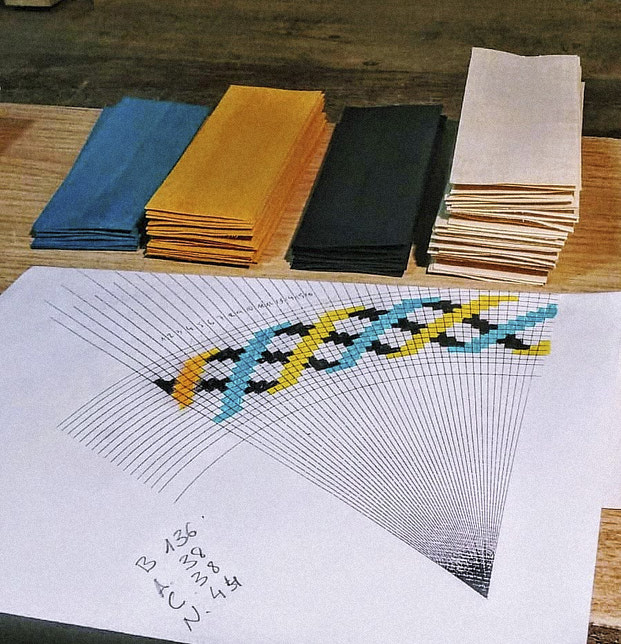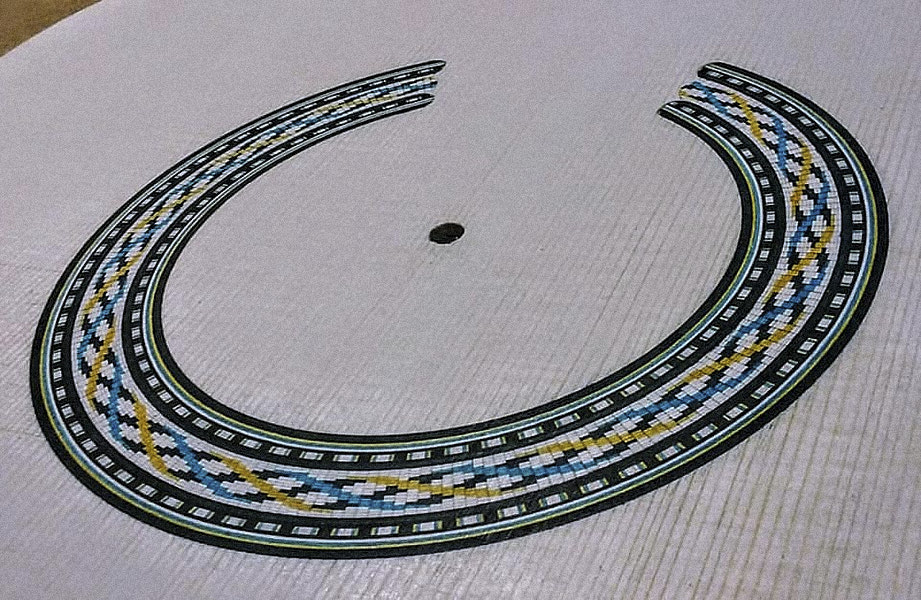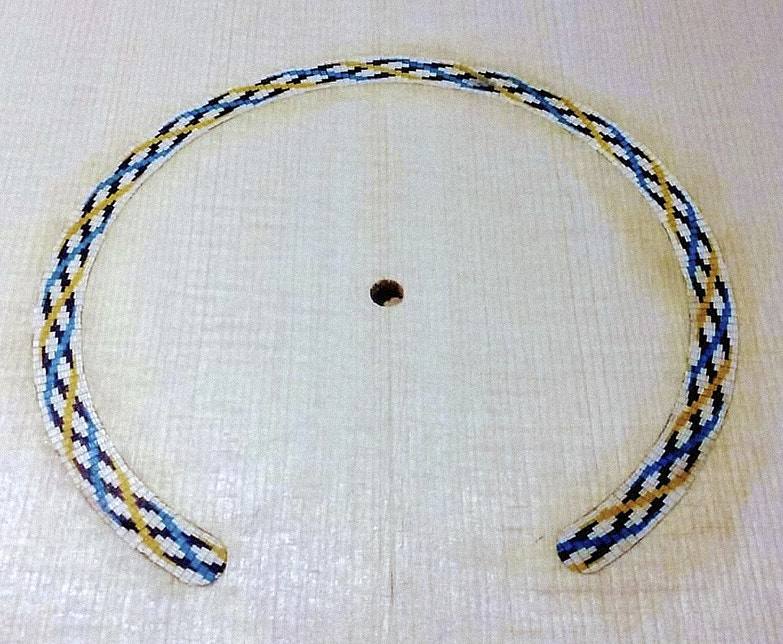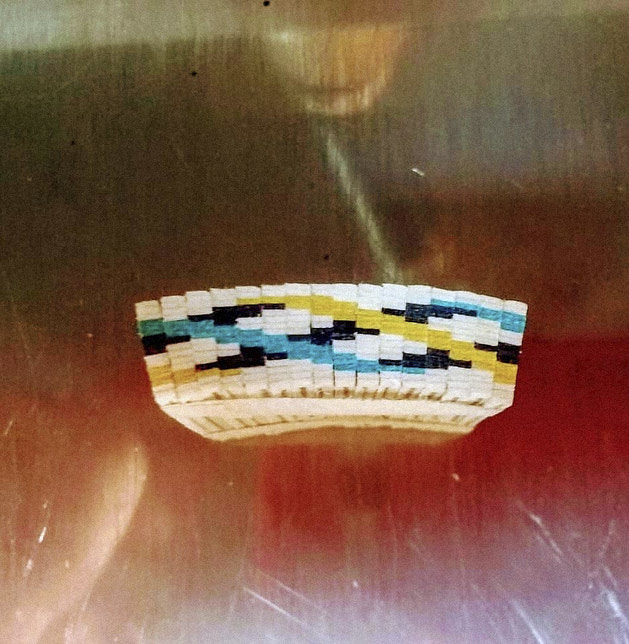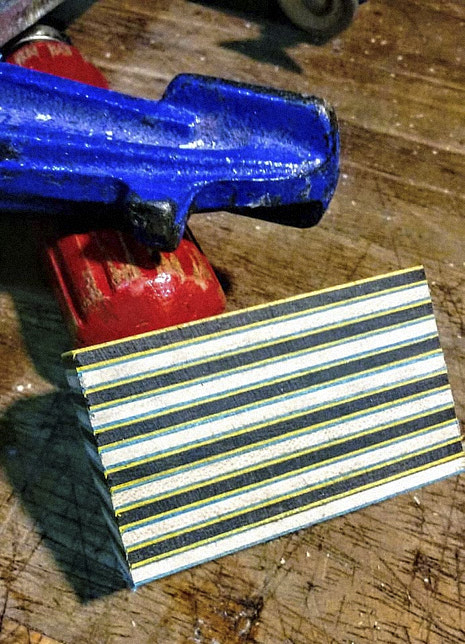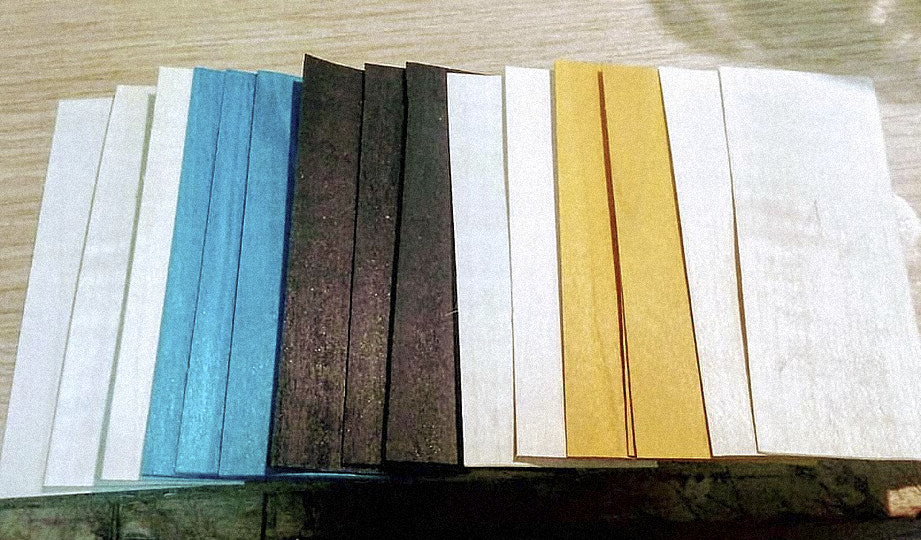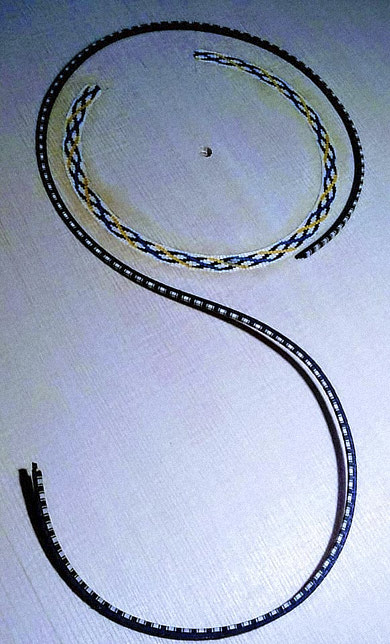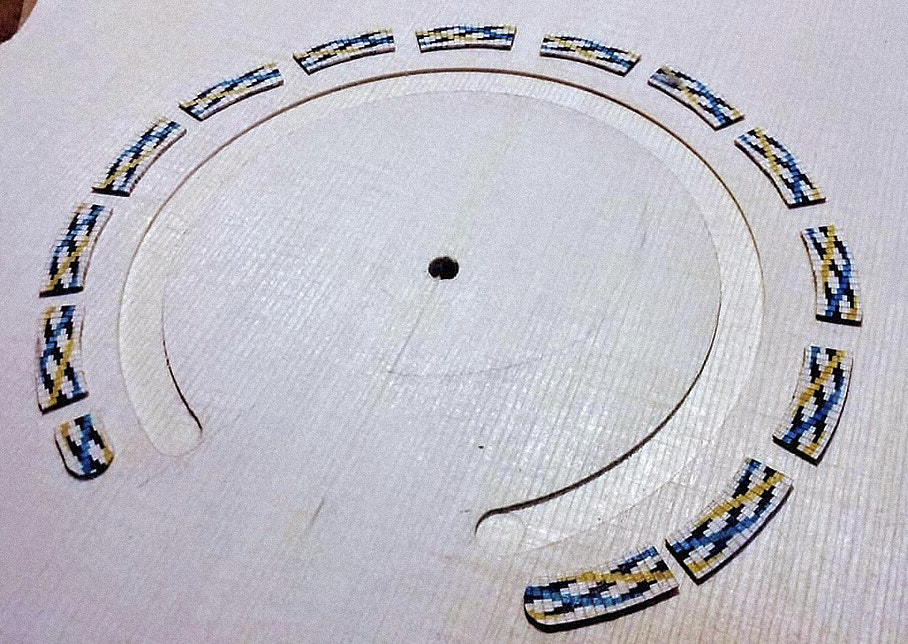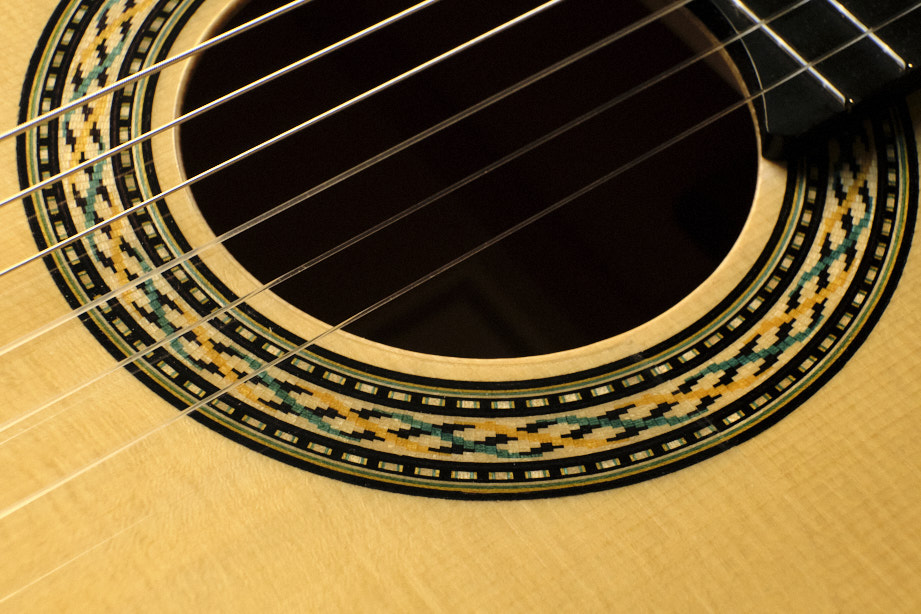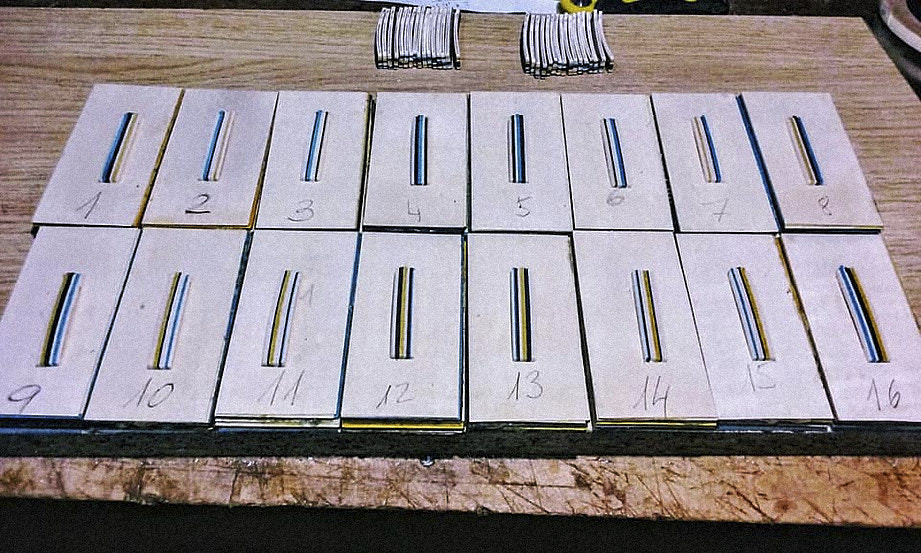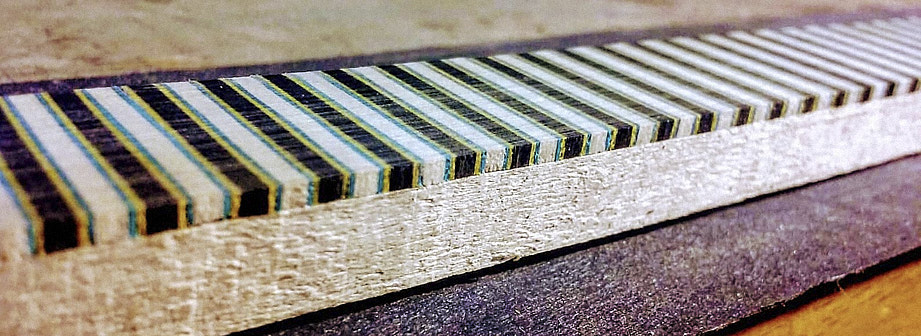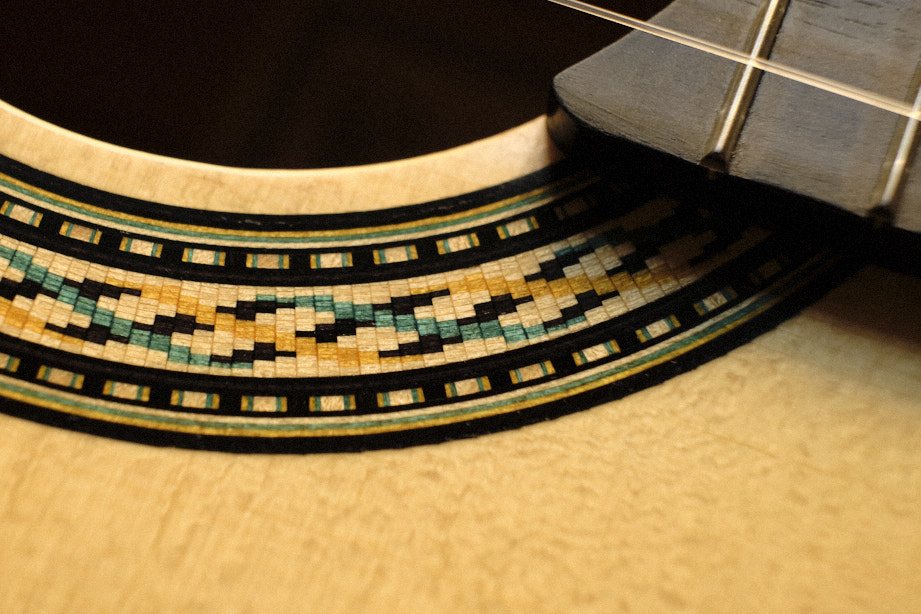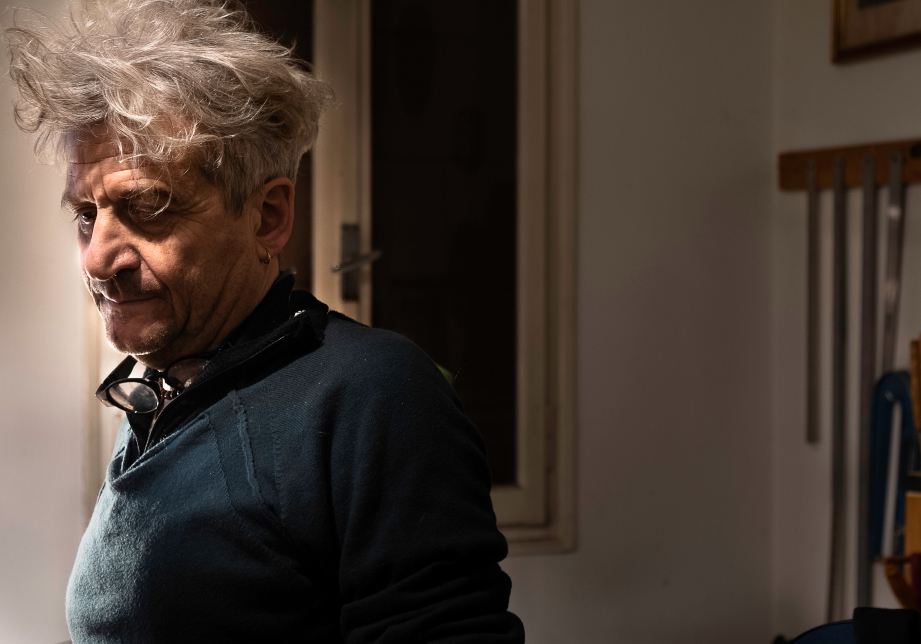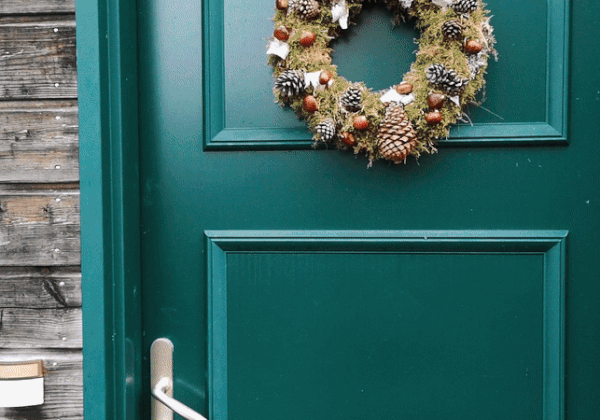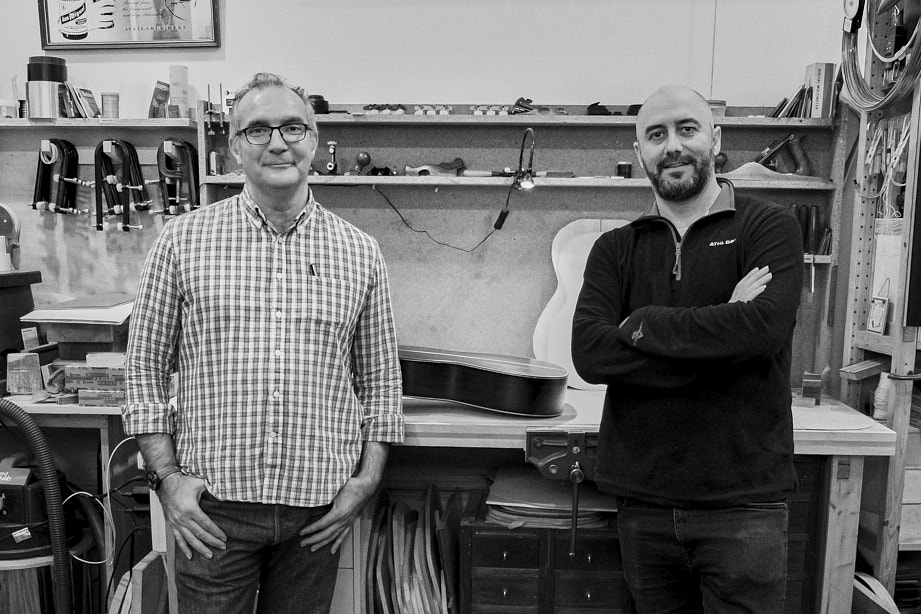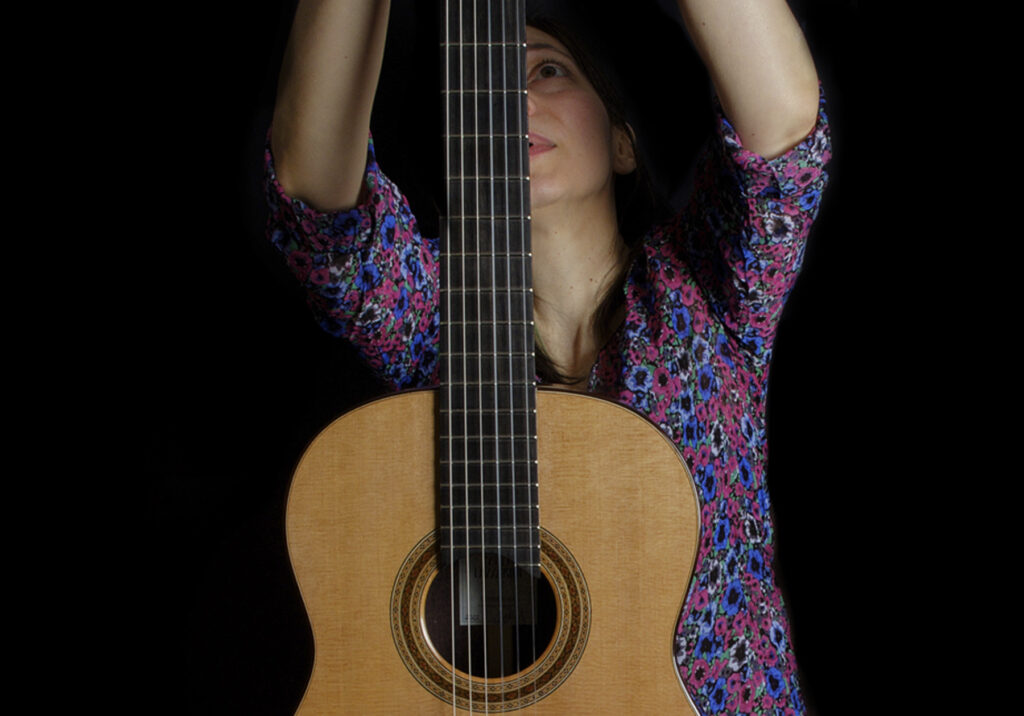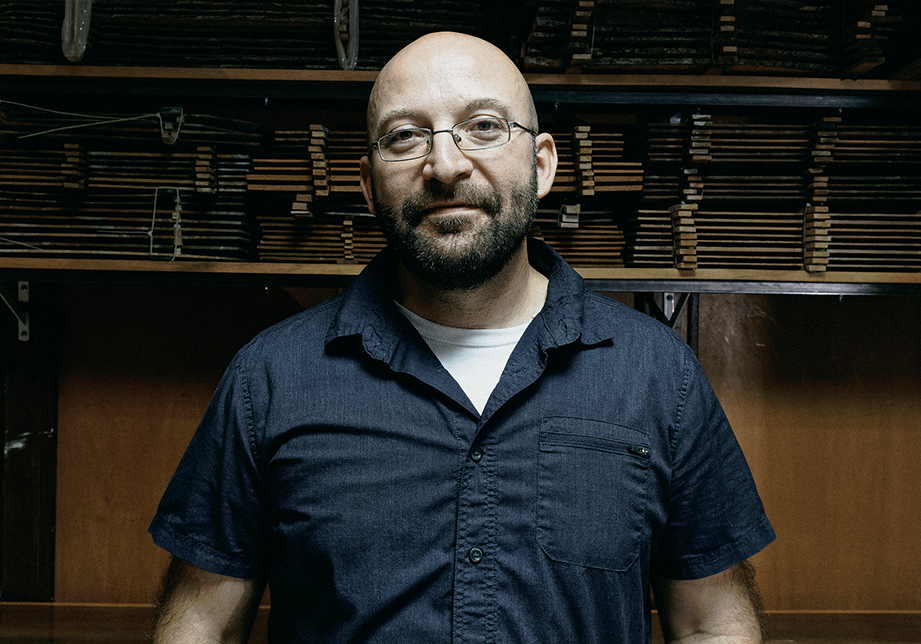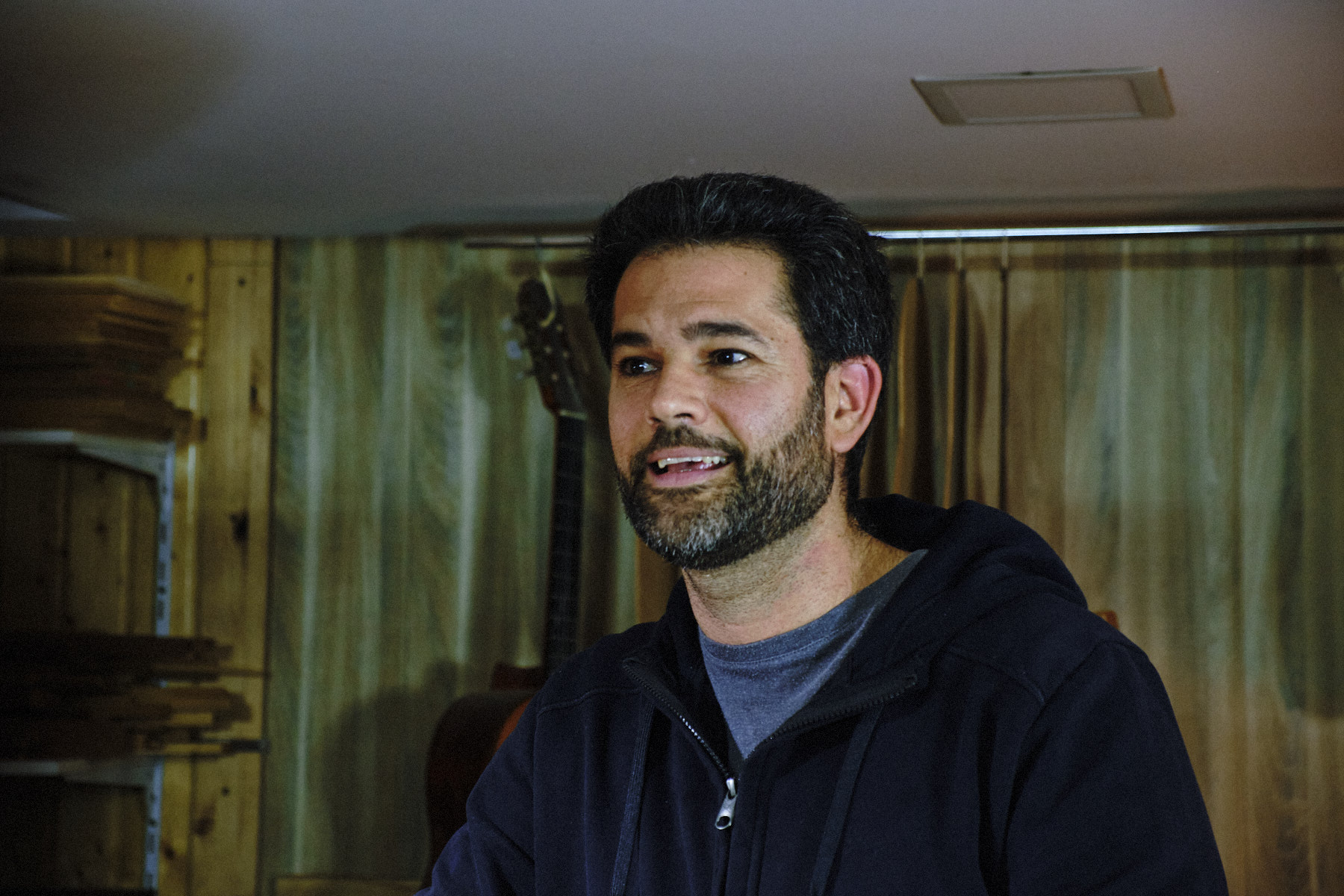
©MaderaGuitarras
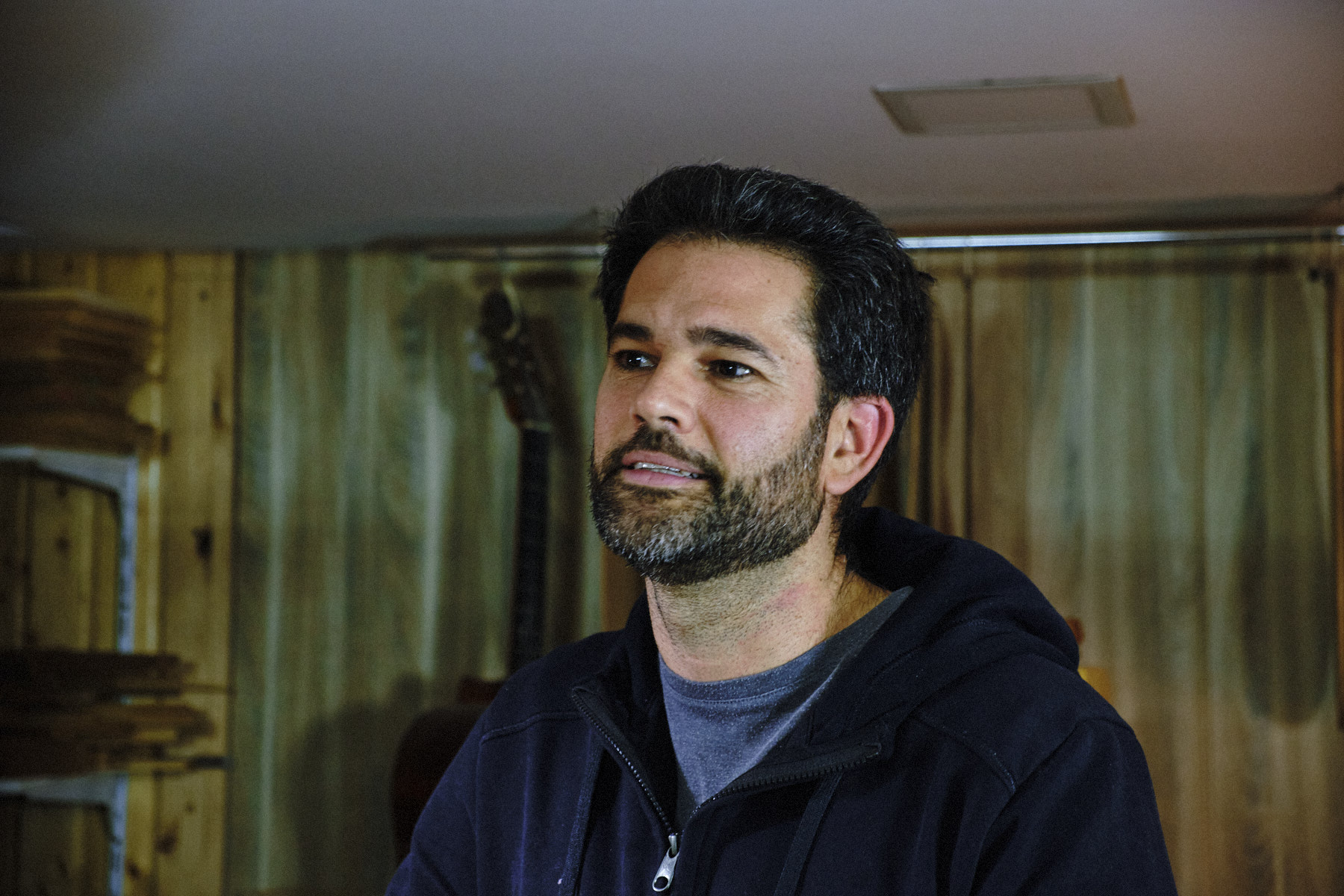
©MaderaGuitarras

©MaderaGuitarras

©MaderaGuitarras
Victor belongs to that already not a short list of Spanish guitar makers who start out as carpenters and later move on to the difficult challenge of building guitars. The legendary guitar maker from Granada, Antonio Marín Montero, comes to mind with a similar background.
Quintanilla’s rosettes, which he made with his own particular technique, are particularly noteworthy as you can see in the photos below. And on the other hand, that care for the most insignificant details to which the great guitar makers give a lot of importance and which make their guitars different.
Victor has a future that will be very successful and from here Madera supports him on his way to becoming one of the great names in guitar making in Spain in the coming years.
Alberto Cuellar – Founder of Madera –
Please contact us if you are interested in a guitar made by him at madera@maderaguitarras.com
INTERVIEW TRANSCRIPTION
-Víctor Quintanilla’s guitar making aproach
well the system I use
to make my guitars
it is the traditional Spanish system
with a Solera
here you are
and then the 4 points I think
they are important on a guitar
of course the sound
as the main one
and there are other aspects
like playability
should be an instrument
which “invites” you to play it
and also important the aesthetic
on woods, we can choose
but also how to combine them
And another point is very important
it is the durability of the instrument
make guitars
they last a long time
and they keep their shapes
those aspects
related with the wood
as main material
of the guitar
it needs knowledge
wood is one of the
materials more extraordinary
that nature offers us
it is delicate and it needs to be understood
how it is cut
and it is hygroscopic
humidity influences a lot on it
and those aspects are important
to work in a good way
the guitar quality
are many small details together
which makes the difference
because a guitar at the end
it is a number of questions or problems
also mechanicals
and because of the way we got the solutions
then we obtain
a sound result and aesthetic
The durability is also important
apart from the wood, it is also about the glues we use
the animal glue is an important aspect
especially working on the soundboard
which is the vibration membrane of the guitar
the fundamental part
-What woods do you usually work with?
the wood…
I am already 18 years working as a guitar maker
I am young
it is never me the one who chooses which one
It is something already established
rosewood
cypress
maple
they are well established for making a guitar
the client almost always wants those
it is imposed
the are many kinds of woods
can be good for sides and back
for soundboard not so many
throughout history, it was demonstrated
that spruce and later the cedar
they have a very good result
so it is complicated
cause for example now the Brazilian rosewood
was banned and the cites..
other alternatives are now on the market
the wood companies are sure about it
we need to change
and offer another kind of woods
but it is complicated
in my guitars, I want an identity on them
a style
I don’t pretend to like everyone
it is very subjective
the taste of each one
But I always try
and my working philosophy is
try to like as many people as possible
but I know some musicians may want
find another style
but I always try
my instruments to have the same identity
even if it is made with different woods
-Who have you learned from?
-Who have been your teachers?
I had a teacher
who was the one who induced me the luthier “poison”
who was professor Chacon from Malaga
with 20 years old
I randomly met him
and I was lucky to start then
at the Luthier School in Malaga
So you started at 20 years old making guitars?
Yes with 20
or 21
for making instruments
before I did some cabinet makers courses
and I was already familiarized with the wood
because since I was a child
I felt a lot of attraction toward the wood
I started with the Milano tail system
at that luthier course
-What is the Milano tail system?
It is the system used to make string instruments
on one side you make the body
and on the other the neck
and you make the assemble
with a system that look similar
to a Milano bird tail
You make the assemble and
then you finish the instrument
And then ten years ago
I was very lucky to meet
the guitar maker Daniele Chiesa
and he invited me to his workshop
-he lives close to you right?
He lives around one hour by car from me
I go to see him very often every time I can
Yes he is very close
especially for how much you learn with him
I was very lucky to know him
and he opened his workshop doors to me
and he changed the way I see the guitar
a more intimate perception
with many small details
as I said before
-About guitar making process or wood treatment?
About everything
for every question he has an answer
and it was very good for me
I saw the instrument from another point of view
more intimate and deeper
Daniele Chiesa
has been for me the mirror I look myself at.
-As a young guitar maker
-what do you hope for the future?
Well
first of all
I never want to lose
the spirit to keep working
every time I come to the workshop
feeling like I very want to work
and always progressing in the work
and enjoy your work is very important to progress
I don’t look outside
I always look for making my work
as best as possible
if then something good comes from outside
it is well received
but I don’t worry too much about it
about the need to convince the others
but about convincing myself
convince me with my own work
In this workshop loneliness..
there are many hours
and many questions
sometimes without answers
another with answers
but that is also beautiful
that internal fight
there is a great satisfaction
when you find the answer to something
it is true
Loneliness and the guitar workshop is a
continuous struggle with oneself
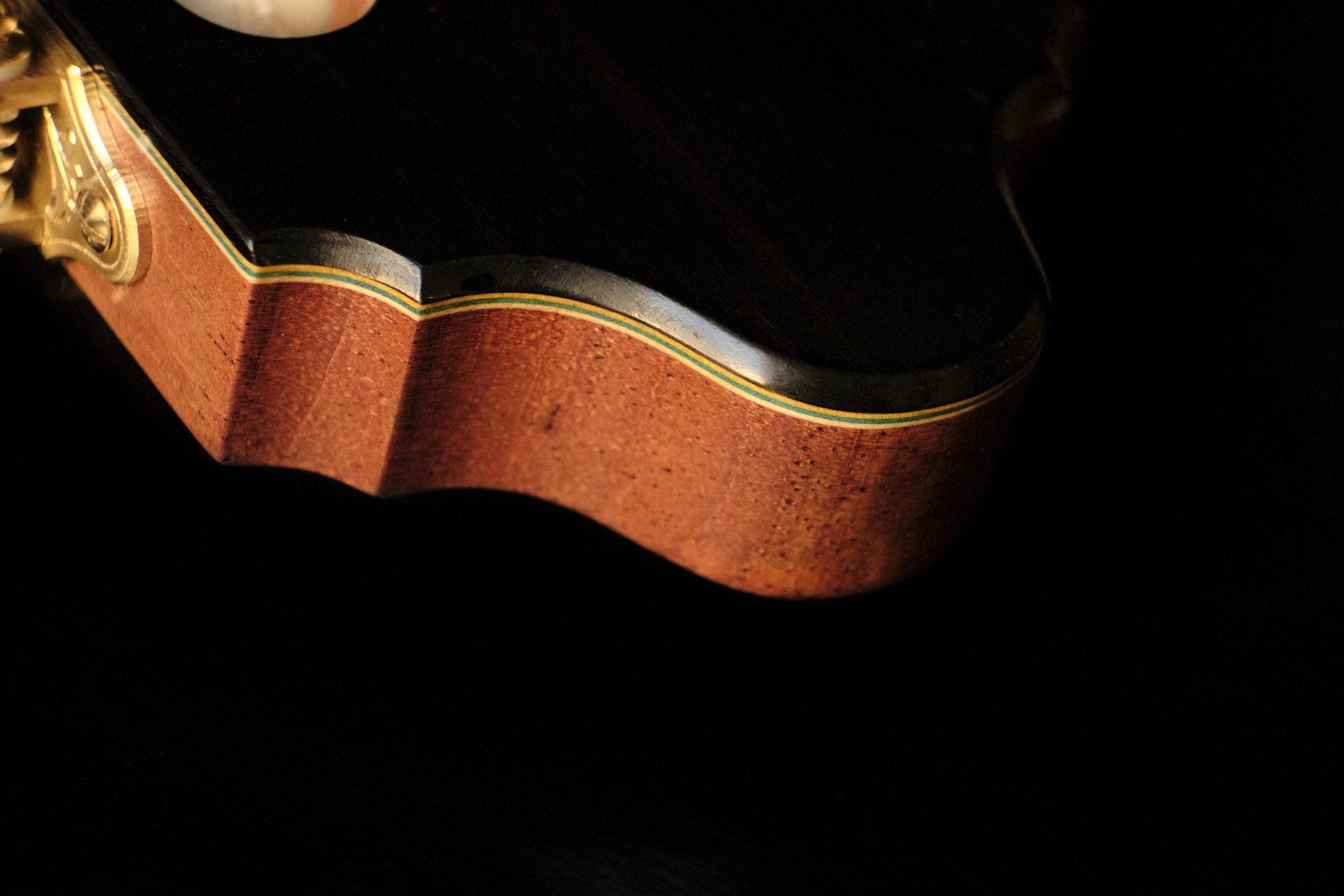
©MaderaGuitarras
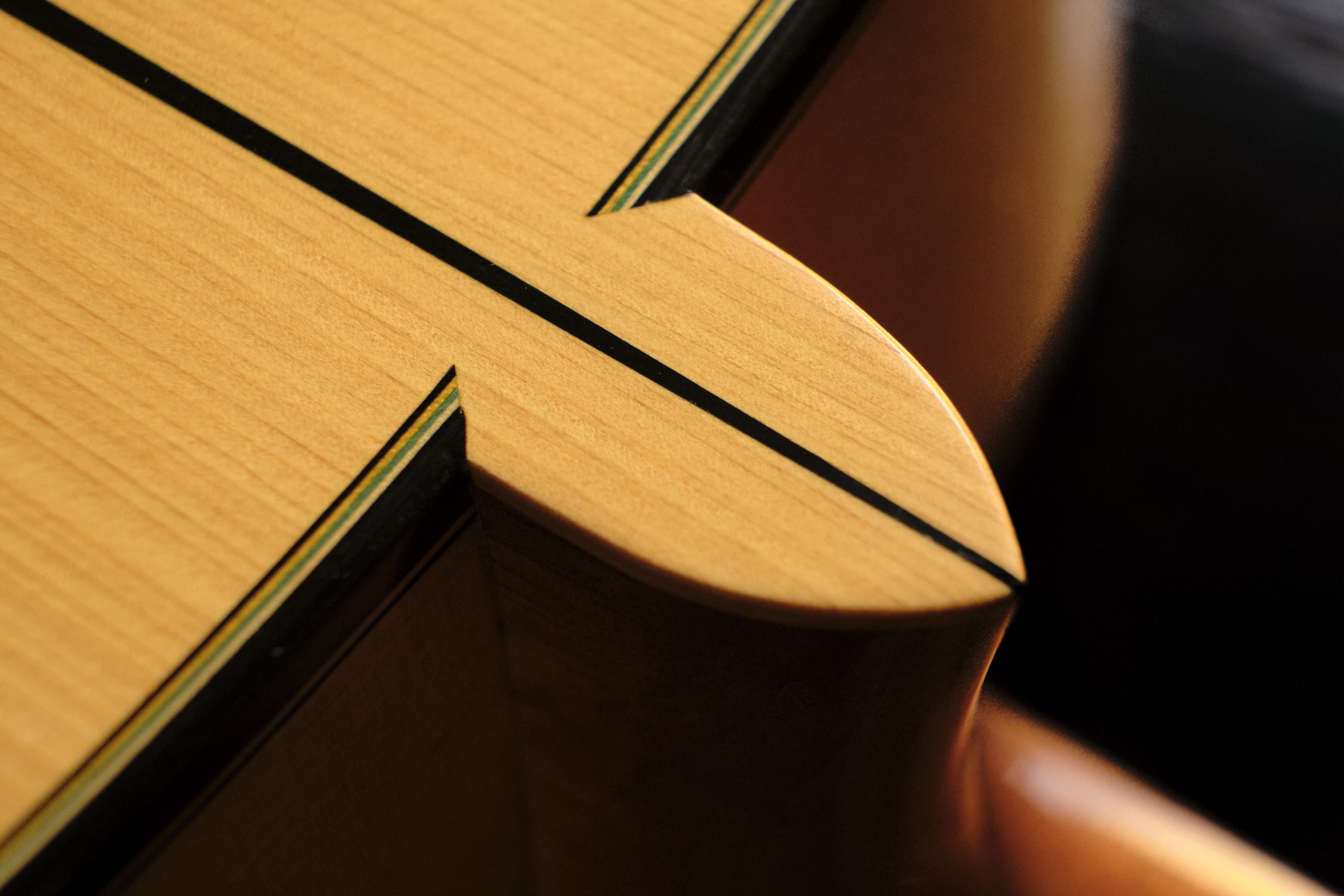
©MaderaGuitarras

©MaderaGuitarras
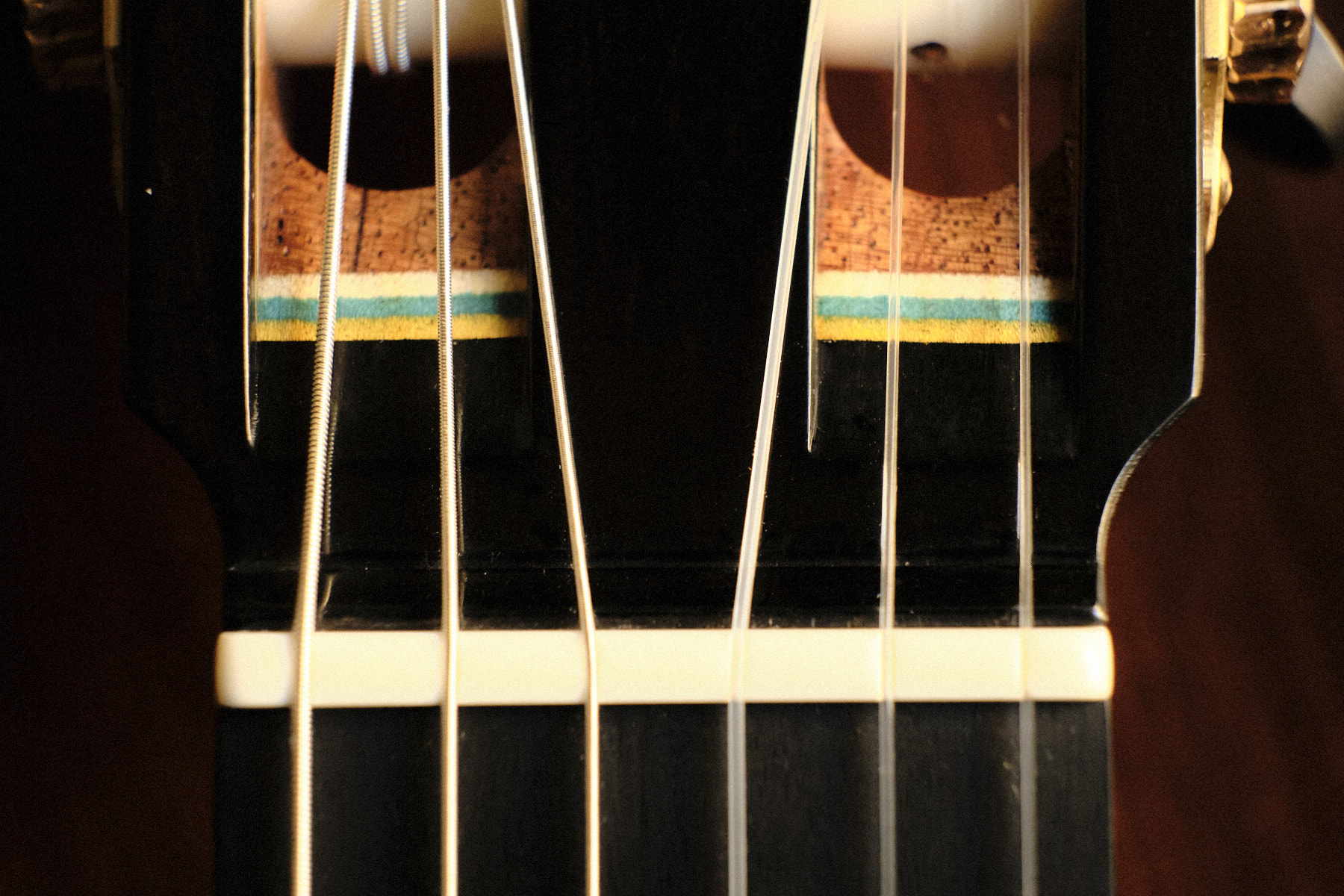
©MaderaGuitarras
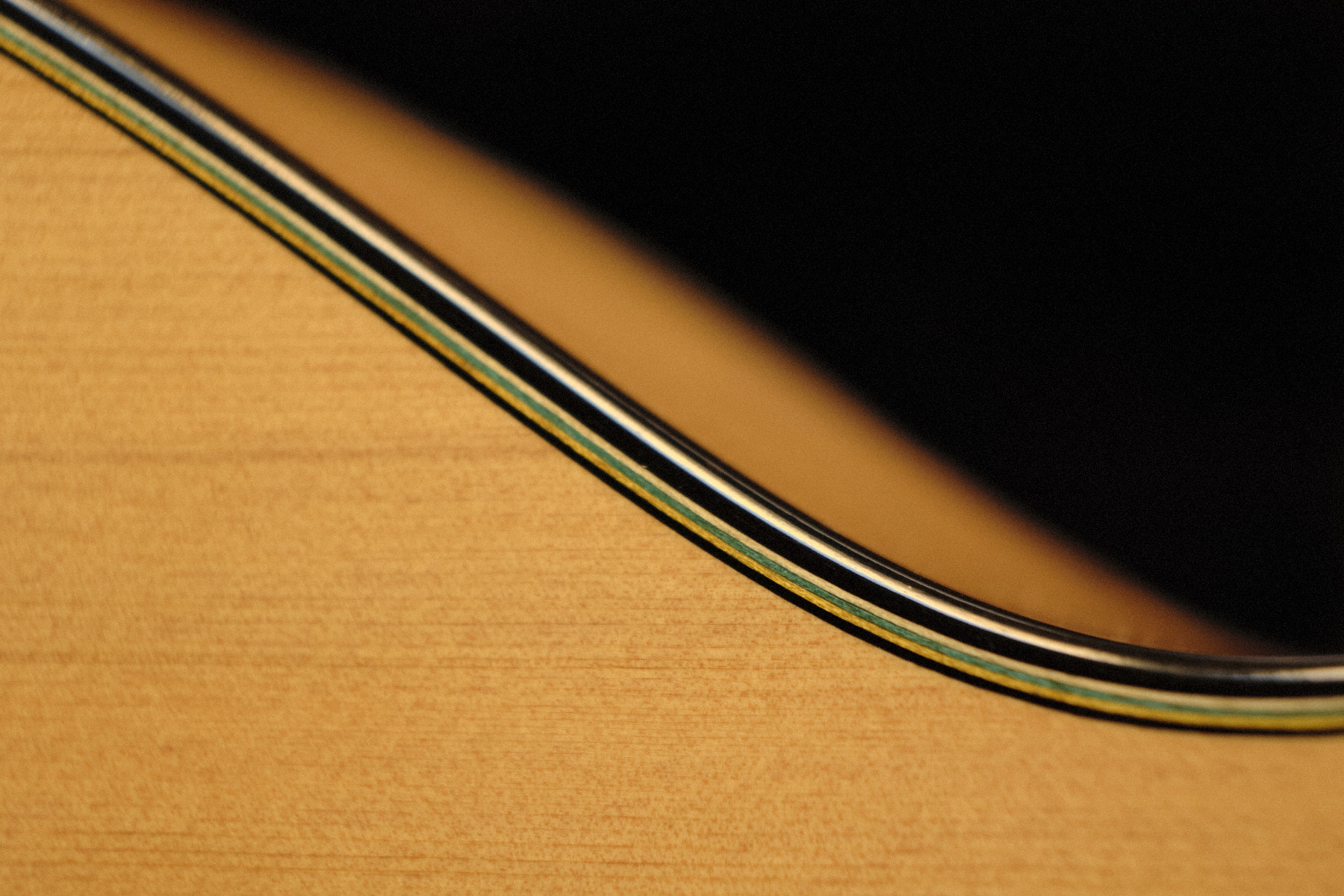
©MaderaGuitarras
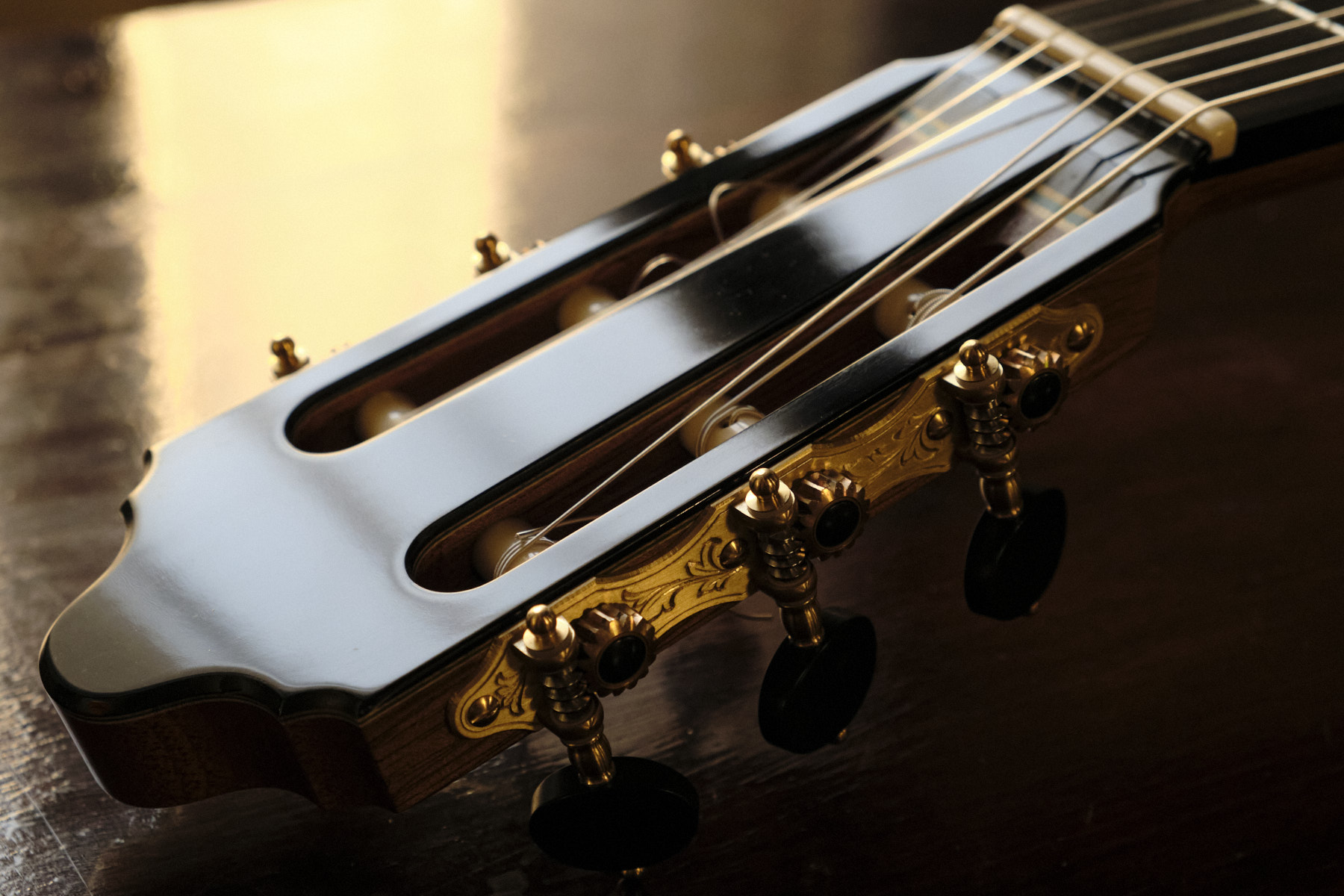
©MaderaGuitarras

©MaderaGuitarras
